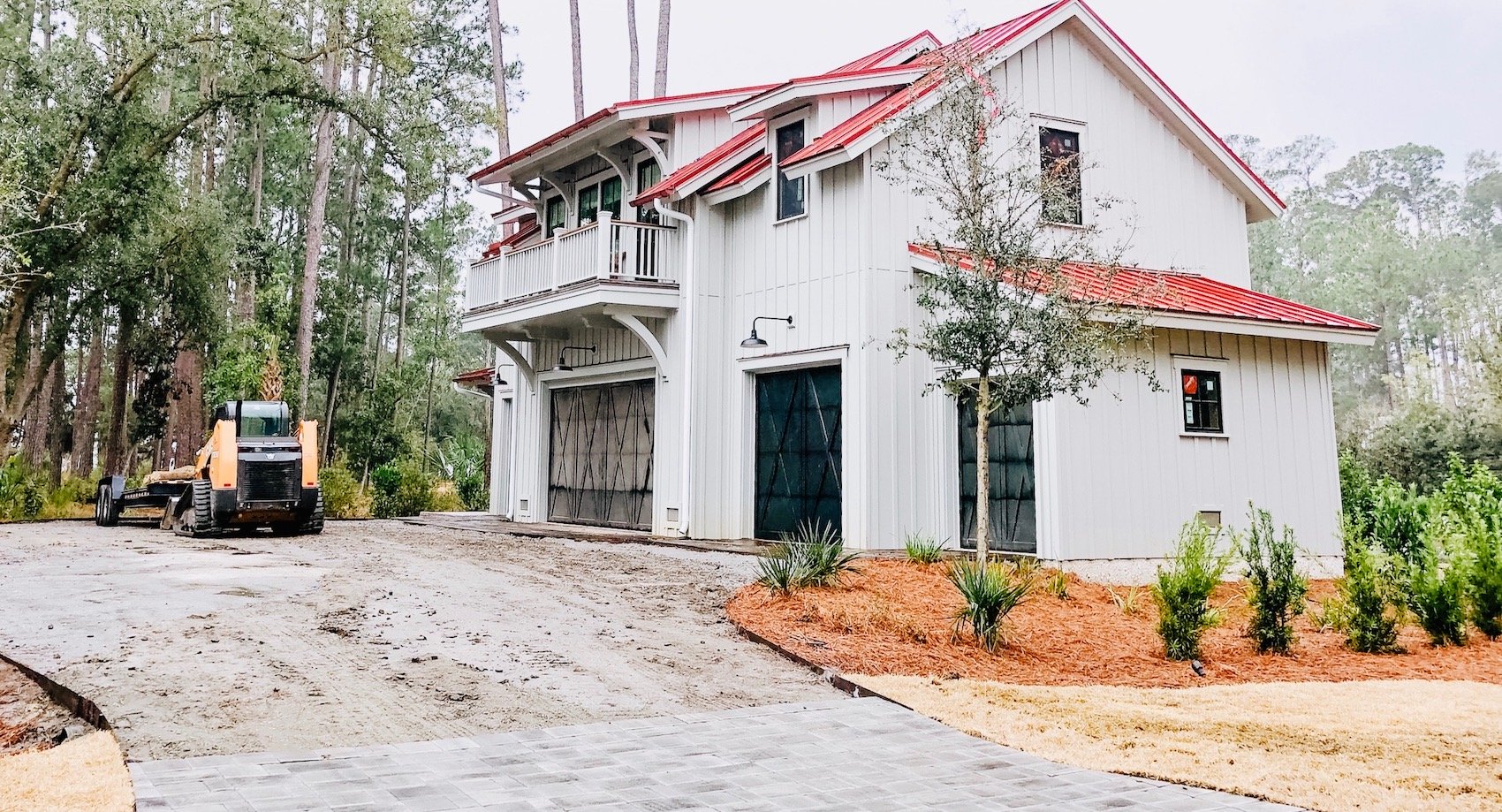
As our custom build in Palmetto Bluff will be our primary residence, it is not an unreasonable goal to be cool in the summer and warm in the winter. In the mild climate of the lowcountry, warmth in the winter is not often hard to achieve, but when it comes to achieving cool in the summer, much needs to be taken into consideration during the build stage. Even in the guest quarters over the garage [pictured above], interior climate comfort was a top priority. When weighing your options as to how best control the climate in your home you should turn to your HVAC installer as the expert of choice. Having said that, the answers you get are often predicated by the questions you ask. Your General Contractor (GC) should be familiar with the terms and concepts to assist your choice, though not necessarily the precise detail. So just what sort of considerations should be covered in either a new build or historic renovation?
Let us start with the house itself. We should start with insulation but in this instance, we will cover air exchange firstly as they are very inter-related. Air exchange between outside and inside brings with it the obvious temperature difference. Just as importantly, it brings additional moisture into your home. 1 cubic yard of air at 85 °F carries about 1/2 a pint of water as moisture. We all know about mold growth in southern homes but it also affects how the air feels seeming hotter as the moisture increases. For historic homes, there is not a great deal you can do unless its undertaking a major renovation. Moisture barriers in crawl spaces, spray foam in attics and vapor barriers under siding will all help in varying degrees.
Another consideration is the HVAC itself. A good system with variable speed control can often maintain a similar inside/outside temperature BUT also act to dehumidify at the same time. The longer the HVAC is running, the greater is this effect, don’t “oversize ” the system. Ask about dehumidification or even a dedicated dehumidifier. If you want to get deep into the detail, ask about an “Enthalpy Exchange ” unit – energy in the humid south is wasted not by air temperature but mainly by the latent heat of evaporation of water vapor. A good HVAC man will understand what these are and where used, if at all.
There is another way to limit humidity – to minimize air ingress into your home. Building Code predicates a maximum air exchange rate of 7 or so changes per hour for a new build. Some homes go to extreme lengths to be airtight, which can bring its own issues. If you are under 7 (our build at Palmetto Bluff tested at 2.5), your HVAC system is designed to Code should be good to go. If you are undertaking a historic renovation, then you have more problems as air will leak in from everywhere, floors, walls, chimneys, windows, not to mention all that wooden siding. For a major renovation, installing a vapor barrier in the crawl and behind siding, spray foam in the attic and new or sealed windows will help a lot. In reality, though, you will always struggle to ensure the system can effectively dehumidify an above-Code humidity load.
There is a drive for efficiency – energy in vs. energy out. It’s tempting to say that higher efficiency is always better but this may not be necessarily so. Efficiency is measured in SEER (Seasonal Energy Efficiency Ratio) An older unit may be a 8/9 SEER, a “contractor grade ” unit 13 SEER and a very high efficiency one 22 or above. A higher SEER means higher price so there is a cost/benefit trade-off. Ask what your contractor opinion on choice/cost vs. lifecycle of the system.
Modern systems also offer choice. We have all seen traditional air handlers with Air/Air heat exchanges buzzing by the side of the house. How about:
- geothermal if you live in the country and have yard space?
- “mini-split ” units if you have a limited number of rooms and a ceiling corner to tuck them into. A great advantage of this system is that no ductwork is needed.
- “ducted mini-split ” that can be hidden in a hall or powder room ceiling and supply all the ancillary rooms from a single flat air handler.
- variable speed/flow units or manifold systems that reduce the number of compressors.
- wall-mounted suitcase style compressors as opposed to building an HVAC stand that takes up real estate space.
- cassette type air handlers hidden between beams in a ceiling space (standard beam 16 ” on center). No one walks a room looking up at the ceiling to you remove both the ceiling fan and all ductwork in one pass.
Here is a look at the hybrid mix of HVAC solutions we used in our build project in Palmetto Bluff. As this is our own home, we were thoughtful about the ways in which each space would benefit from an “outside the box ” solution.
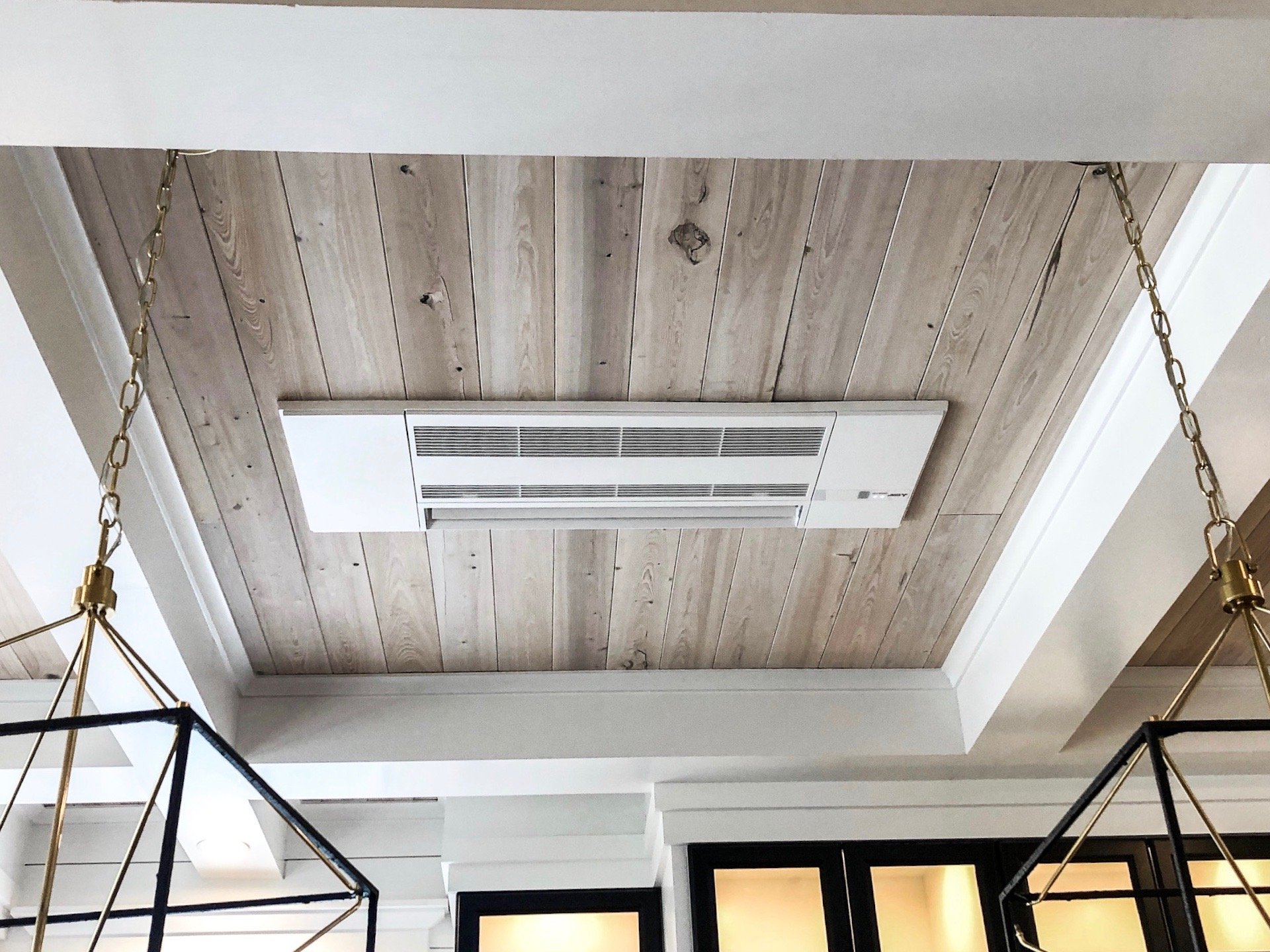
Casette type unite hidden in a coffered ceiling, eliminating ceiling fans and all ductwork normally located under the house.
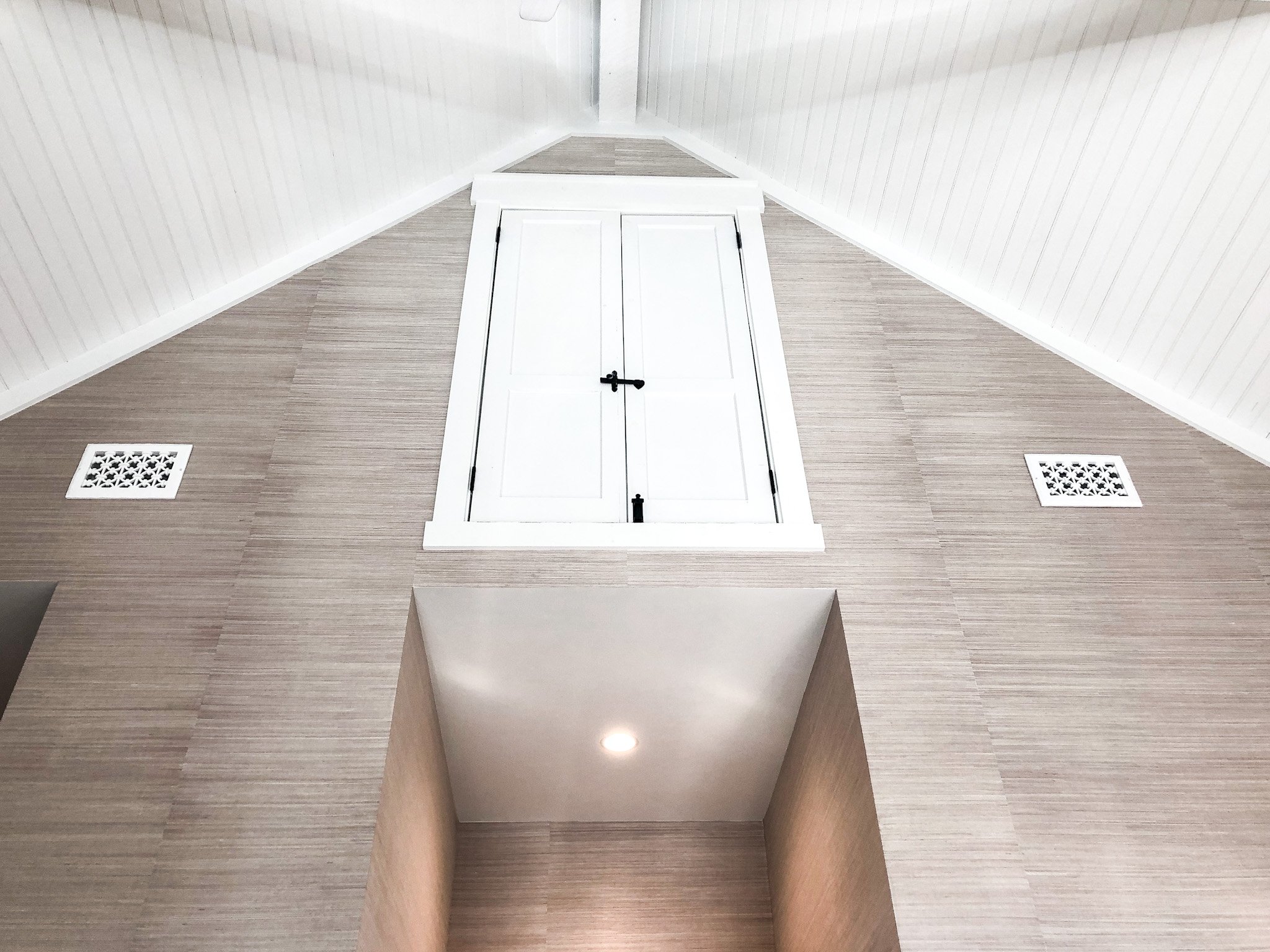
Traditional air handler installed in this location, but disguised as a barn loft to more aesthetically match the design vernacular.
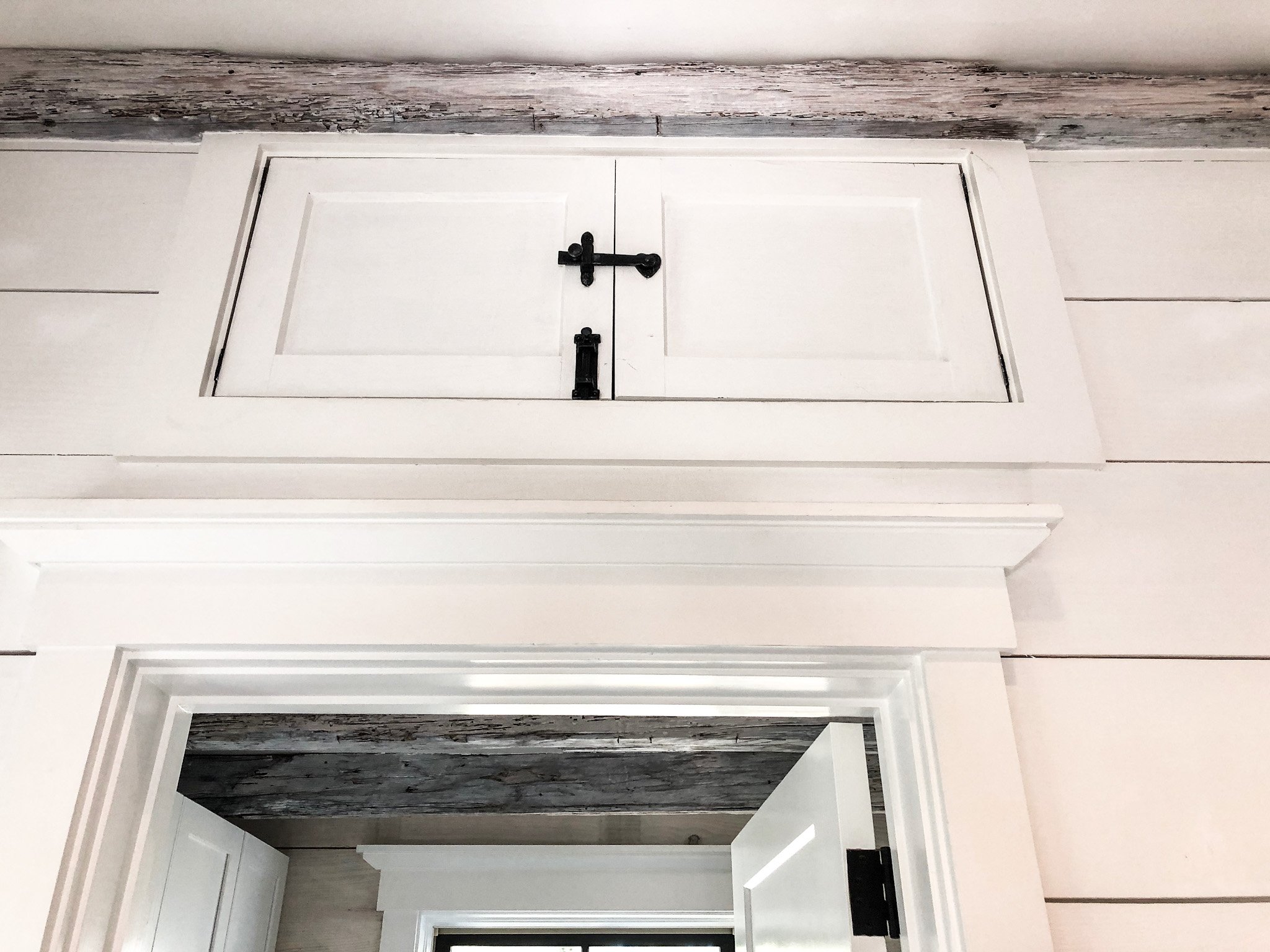
Ducted mini split for ancillary rooms hidden in false ceiling but maintaining good access.
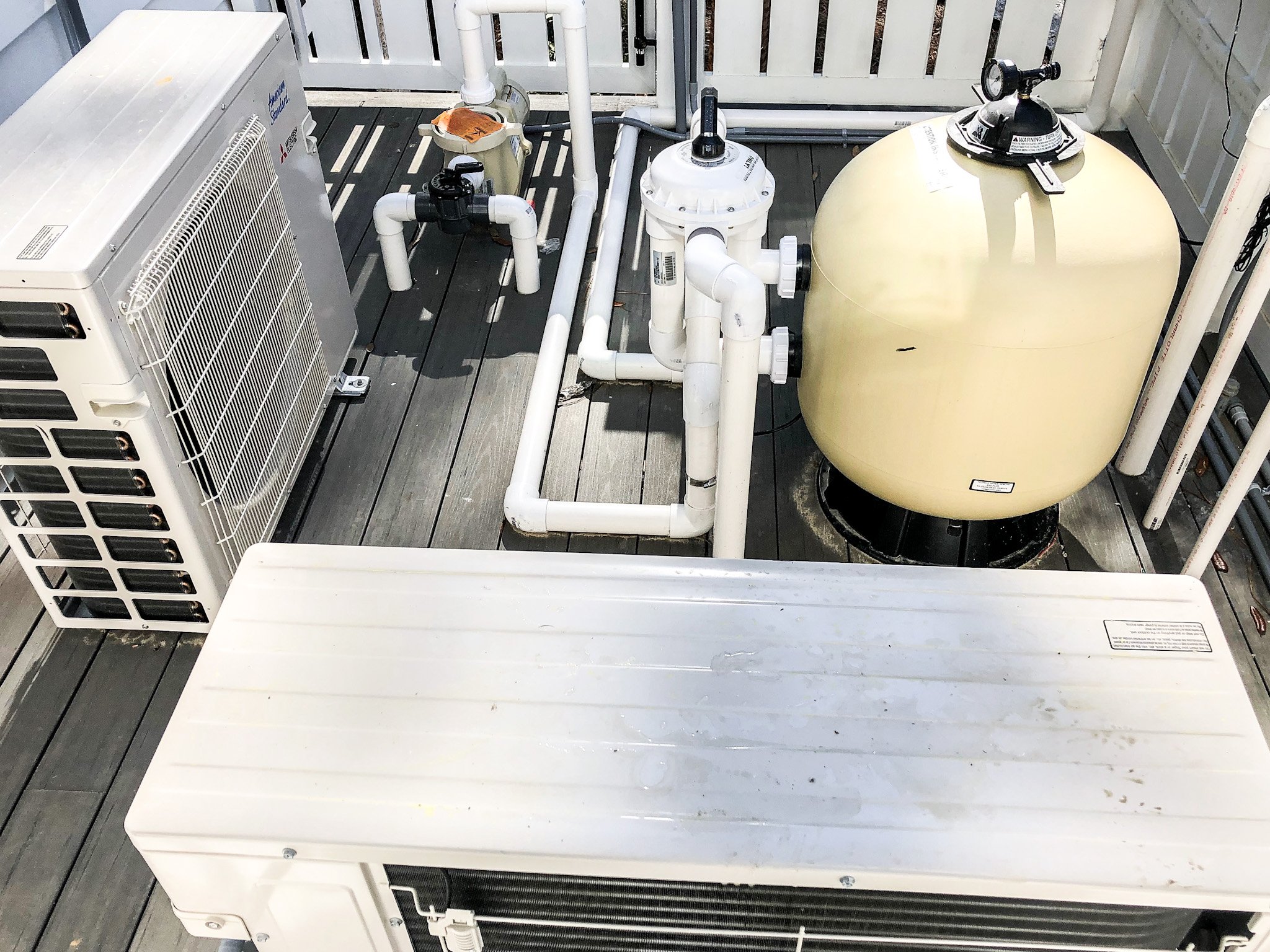
Two suitcase style variable doors compressors minimize required platform space and power multiple air units each.
Modern HVAC systems have moved on a long way since their first widespread use. As a homeowner it’s important that you have a general grasp of the choices to have a productive conversation with your contractor. Ask your GC also, as they will help educate you on the best choices for your personal circumstances and home. It’s not a “one size fits all ” but with a little care at the design stage will reap rewards for years to come in the often hot and humid South.
Building in Palmetto Bluff: A Look Back at Construction Timeline and Costs
Building in Palmetto Bluff: Tips to Prevent Water Intrusion
Custom Build Project in Palmetto Bluff: A Formula for Estimating Costs
Building in Palmetto Bluff: 10 Weeks and Interior Details Begin
Building in Palmetto Bluff: A Quick Pace and Managing the Timeline
Palmetto Bluff: Under Roof and “Dried-in ” In 15 Days
Palmetto Bluff: Site Preparation and SIPS Panels Delivered
Palmetto Bluff: How to Finance and Build for Cash Flow
Palmetto Bluff: The Building of a Dream Home Begins
Custom Home Building in Palmetto Bluff
The Allure of Palmetto Bluff – Just 90 Minutes from Charleston
Palmetto Bluff: A Real Estate Investment in Vacation Rental
Interested in following this project as in progresses in real time? Be sure to sign up for our blog! Ask any questions you may have or come for a visit and see the build up-close. And, after it’s finished – we’d be happy to show you how it all turned out!
Interested in Learning More?
Our expert teams - from development, investment, real estate, and property management - have experienced it all and have the insight to help you along the way.
Find Out More